Last Chance to Catch NYC's Holiday Notalgia Train
We met the voices of the NYC subway on our nostalgia ride this weekend!


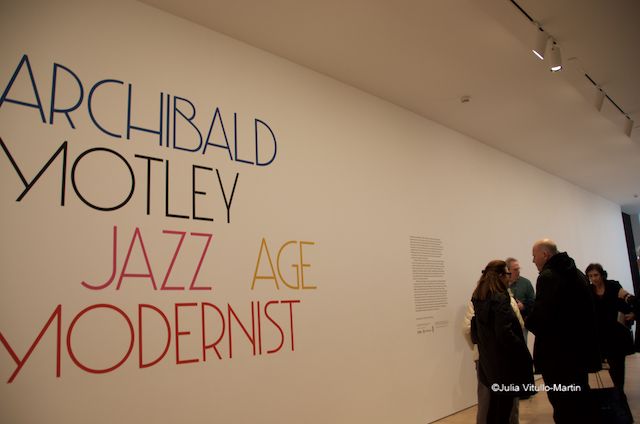
Talented artists fail to reach fame for many complex reasons, but in the case of African-American painter Archibald Motley Jr, the cause is pretty clear: race. The spectacular retrospective at the Whitney, “Archibald Motley: Jazz Age Modernist” which runs through January 17, 2016 simply has to give one pause. Brilliant, precise, disturbing, satiric, gorgeous and ugly, Motley’s work covers the full gamut of social and class issues, and throws in city planning and neighborhoods for good measure.
Born in 1891, and graduating from the School of the Art Institute of Chicago in 1918, Motley fully absorbed the traditional, European academic training the Art Institute had to offer, especially the emphasis on the human figure. Yet he headed off in his own unique direction, depicting overt racial scenes that often required defending, says Financial Times critic Ariella Budick. Marching to his own drummer doubtless also cost him fashionability.
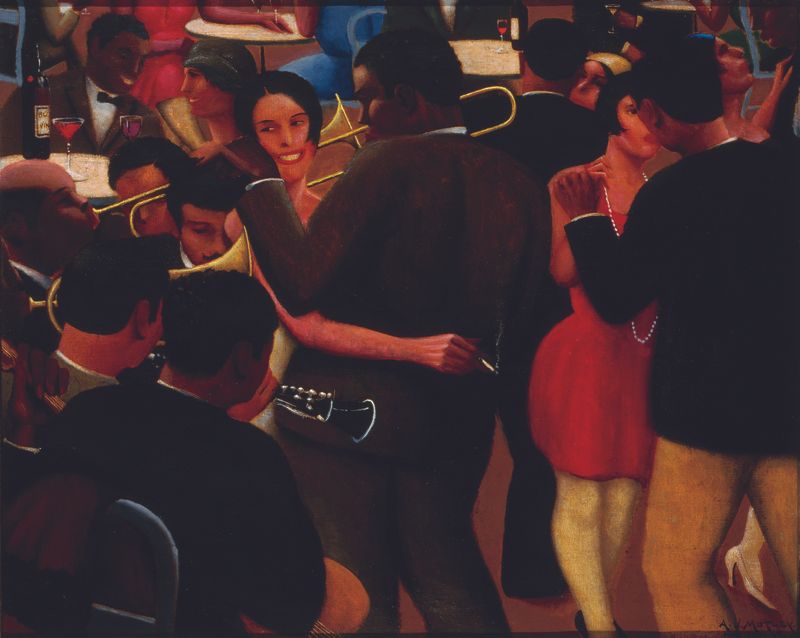
Many of Motley’s paintings are unnerving, combining elegance and tawdriness, beauty and violence. In the words of the Whitney, Chicago’s “Bronzeville was not always as radiantly perfect an environment as its name might imply for the thousands who continued to arrive there every year.” Motley captured “these tensions and interactions with rhythmic intensity and an extraordinary sensibility for color and light.” He painted the racially charged neighborhoods he saw around him, as well as his own privileged, private bourgeois world.
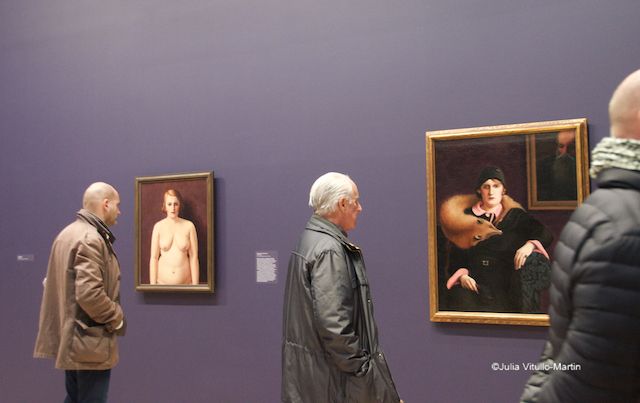
As Randy Kennedy pointed out in the New York Times last month, while the contemporary art world is increasingly open to young black artists, many of whom are gaining museum presence and market clout, black artists stretching back to the late 19th century are only now receiving the kind of recognition they long deserved. Lack of recognition for Motley was probably also partly due to his unusual relationship to black culture. As the Whitney notes, despite his deep appreciation for vernacular black culture, he rejected social decorum and racial uplift as themes. Instead, he tended to expose class stratification among African-Americans and to satirize complicated stereotypes about race.
Nonetheless, concludes Budick, “The Whitney has finally made it possible to celebrate Motley again, with all his talents and contradictions.”
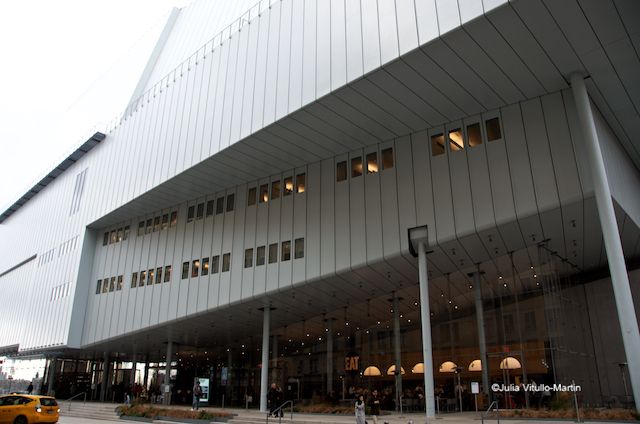
Surely he would have been pleased to find himself honored in the magnificent new Whitney, the most urban of museums, brilliantly sited in the Meatpacking District on the Hudson River, with open views north to Hudson Yards and south to the World Trade Center, and outdoor staircases that allow museum goers to embrace the city.
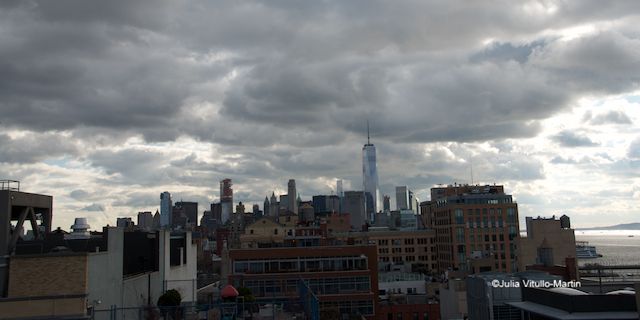
Julia Vitullo-Martin is a Senior Fellow at the Regional Plan Association. Get in touch with her @JuliaManhattan.
Archibald Motley: Jazz Age Modernist, organized by the Nasher Museum of Art at Duke University, closes Jan. 17, 2016.
Hours: 10:30 am-6 pm, Mon, Wed, Thur, Sun; 10:30 am-10 pm, Fri & Sat; closed Tues
Where: Whitney Museum of American Art, 99 Gansevoort Street
Phone: 212.570.4600
Subscribe to our newsletter